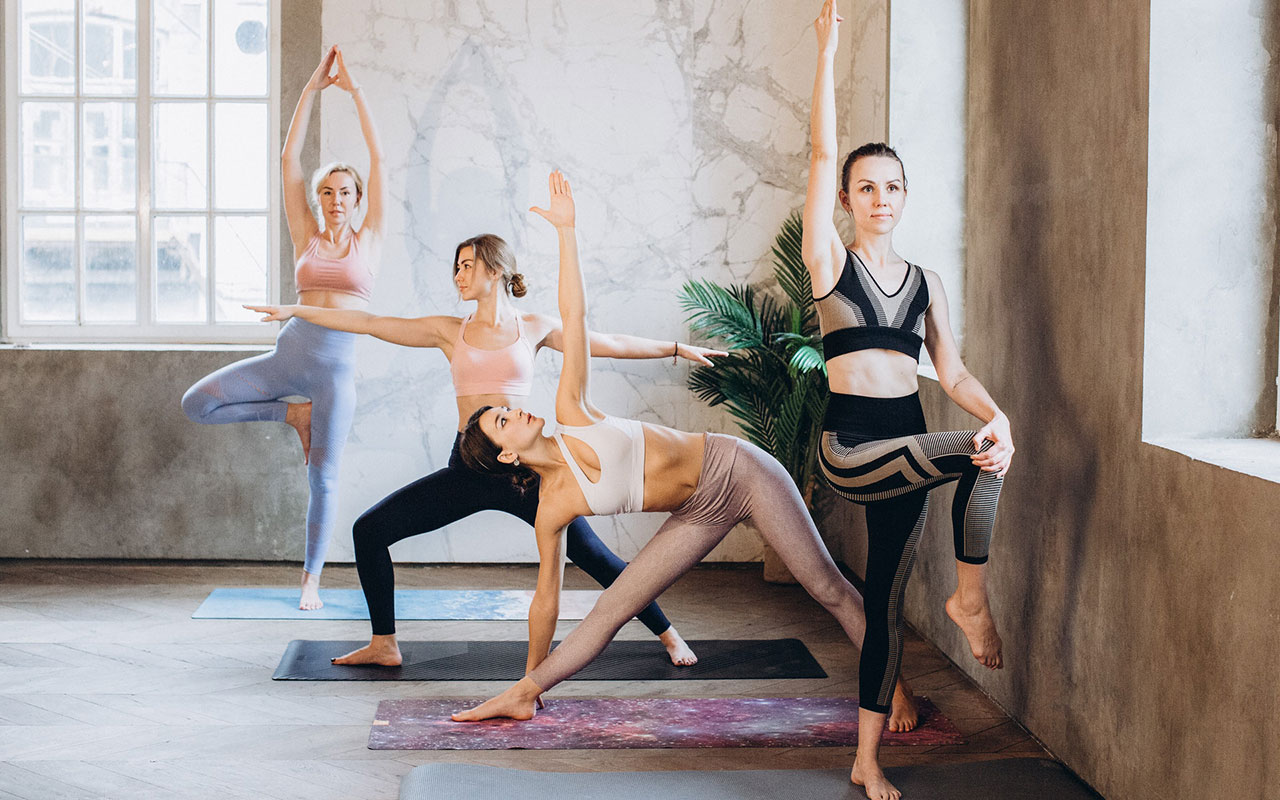The fitness industry around the world is facing enormous change. With such a vital role to play in the health and wellness of our communities, fitness studios and professionals must work together to adapt to these changes.
We must find common ways to provide safe and clean environments for clients when in-person classes resume. We must also ensure our businesses are financially viable in light of Government restrictions.
Here are 10 points to help health and fitness studios everywhere adapt to re-opening as COVID-19 restrictions ease.
1. Take Client Details
Now, more than ever, you will need to know the name and contact details for every client who visits your studio. Having this information will help relevant authorities with contact tracing if required.
You should also know which clients are immunocompromised or otherwise at higher risk. Consider advising those clients to join your online classes or individual sessions to reduce their exposure risk. It goes without saying that any client who has been exposed to COVID-19 or who is feeling unwell should stay at home.
2. Obtaining Signed Waivers
Obtaining a signed waiver for every client was important before COVID-19, so we think now is an important time to double down.
It might also be necessary to update client waivers to include clauses about the risks of catching COVID-19 by visiting your studio. If you are unsure, consult a legal expert.
While no-one likes having to consider the worst case scenarios, it is usually better to be safe than sorry!
3. Managing Smaller Classes
Social distancing measures mean studios may need to fit fewer bodies into classes. This might leave some clients unable to join the class of their choice.
If you are faced with limited space, it will be important that your clients book in advance and know that their spot is reserved each week. This will prevent the awkward situation of having to turn people away when classes reach capacity.
Also consider using automated waiting lists which can help maximise class attendance while minimising the admin of trying to fit everyone in.
Be aware that reduced class capacity doesn’t have to mean reduced revenue. Now that more people are working from home, it might be possible to run more class times around people who can now be more flexible with their time.
4. Offer Online Classes
As many studios have already discovered, the simplest way to increase class capacity is to offer online classes. When re-opening your studio, why not try offering your in-studio classes via a live stream as well.
Remember that some clients may not feel ready to return to in-person classes. Some may be needing to self-isolate for a time period. While others may have discovered that they actually really enjoy joining your classes from wherever they are!
Whatever the reason, if you haven’t tried running an online class yet, you may be surprised by their popularity. Some useful resources for getting started are:
5. Reconsider Your Pricing
With the threat of COVID-19 clusters popping up at any time, studios may be forced to close again. We’ve already heard how this is a daily reality for Flow Yoga studio in South Korea. This means long term contracts are far less appealing to your clients right now.
Many people are also facing less financial security and may prefer the option of shorter contracts or more flexible class packs/passes.
Therefore this may be a good time to look at your payment structures and options and consider simplifying these so as to help you and your clients stay on track during these uncertain times.
6. No More Cash Payments
Cash payments increase the risk of transferring germs, so they are on the way out. Contactless and online payments are in.
Online card processing options are important, particularly if you have clients in other countries paying for online classes, but they do incur processing fees.
Bank transfers (EFT payments) offer a more cost effective alternative for local clients to pay for bookings. Find what works for you.
7. Reduce Operating Costs
Studio owners need to protect their businesses and should be looking to reduce their own operating costs. Now is the time to examine those client free-bees and other recurring expenses.
With the threat of possible closure due to COVID-19 clusters, studio owners should look for pay-as-you-go subscriptions on their booking software and other regular expenses where possible.
Consider cutting back on marketing and advertising costs and instead use email to stay in contact with your clients. Focus on keeping your regular clients (who are usually your most valuable!) rather than finding new clients at this time.
Sharing of spaces may become more attractive if you are teaching fewer in-person classes. Perhaps there are other teachers interested in renting studio space from you?
8. Reconsider Shared Equipment
Equipment rental (like mat hire) is not recommended. Clients joining mat classes could bring their own mats (or towels to cover the mat) during the class.
Where equipment is provided (e.g. dumbbells, yoga blocks, straps etc) ensure good cleaning protocols are in place.
You might even save some costs on no longer needing to replace shared equipment!
9. Create A Clean Space
As lock-down regulations ease, many people remain fearful about contracting the virus. Studios need to reassure their clients that it is safe to return to classes – provided it is actually safe to do so.
This means following the regulations laid out by your particular country or state government as well as having excellent hygiene practices. It goes without saying that all surfaces, equipment and hands must be washed and sanitised religiously.
Ensure that your clients are familiar with your cleaning protocols, both to reassure them that you are taking suitable precautions and so that they are aware of what aspects are their responsibility (e.g. washing hands before entering the class, wiping down the mat after the class, etc).
10. Create A Safe Space
To prevent the spread of COVID-19, there may be other considerations when it comes to having people back in your physical studio. Do clients need to wear face masks or shield? Is this appropriate for the form of exercise that you teach?
For studios with equipment like reformers or stationary bicycles, etc, consider whether perspex shields or barriers should be installed to prevent the spread of germs / droplets between clients.
To help with contact tracing and tracking clients movements, it may be helpful to know where clients were in your class. Consider allocating a number to each piece of reformer or mat (for example) and noting the number used on the client attendance form.
Summary
Fitness studios will need to adapt to a new way of operating within the guidelines of their respective authorities.
We need to work together to find common ways of creating a safe and clean environment to prevent the spread of germs.
As lockdown restrictions are eased studio owners and their clients will adapt to new cleanliness habits and contact tracing protocols. Together we can help encourage clients back into our gyms and studios to resume their active and healthy lifestyles.
How do you feel about the lockdown regulations easing? How are you preparing your business? Let us know in the comments below. We are all navigating this together!



